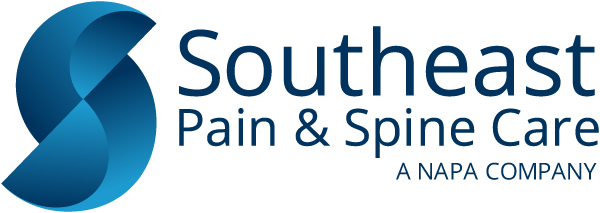Nerve Blocks
What is a nerve block injection?
Nerve block injections are used to relieve pain in organs or regions of the body. These nerves are blocked using a nerve block injection of anesthetic or anti-inflammatory medicine to block the pain signal coming from a certain area of the body or to reduce inflammation in that area.
How are nerve block injections used?
Nerve block injections can be used for people suffering from acute or chronic pain to achieve temporary relief. Nerve block injections can serve different purposes, including:
- Therapeutic nerve block injections – used to treat painful conditions
- Diagnostic nerve block injections – used to determine the source
of pain - Prognostic nerve block injections – used to predict the outcome
of a given treatment
What are the different types of nerve block injections?
Different areas of the body suffering from pain require different types of nerve block injections.
- Some of these nerve block injections include:
- Trigeminal nerve block injection
- Ophthalmic nerve block injection
- Supraorbital nerve block injection
- Maxillary nerve block injection
- Sphenopalatine nerve block injection
- Sympathetic nerve block injection
- Stellate ganglion nerve block injection
- Facet joint nerve block injection
- Cervical epidural injection, thoracic epidural injection, and lumbar epidural injection
- Cervical plexus nerve block injection and cervical paravertebral nerve block injection
- Brachial plexus nerve block injection, elbow nerve block injection, and wrist nerve block injection
- Subarachnoid nerve block injection and celiac plexus nerve block injection
- Other peripheral nerve block injections
How does the nerve block procedure work?
The nerve block procedure is quick and simple and is done on an outpatient basis. It typically only takes minutes for the actual nerve block procedure, followed by a short recovery period. Patients will remain awake during the nerve block procedure but will be given a local anesthetic to numb the skin before the injection is given. The physician will direct a needle through the skin to a specific depth where they will deposit medication. Sometimes a fluoroscope is used to guide the needle.
What happens after the nerve block procedure?
The majority of patients can walk around immediately after the nerve block procedure. However, you will still need to have someone with you to drive you home. Patients typically resume full activity the following day. There may be soreness around the injection site that can be relieved by using ice and a mild analgesic such as Tylenol.
How long will the nerve block injection last?
Patients typically receive pain relief immediately after the nerve block injection. However, nerve block injections are only a temporary fix. The relief can last for up to one to two weeks. The medication is eventually absorbed by the body allowing the pain to return. Some patients will undergo several rounds of nerve block injections before they start to feel more of a permanent sense of relief.
For additional information on nerve block injections, please click to Request an Appointment.


